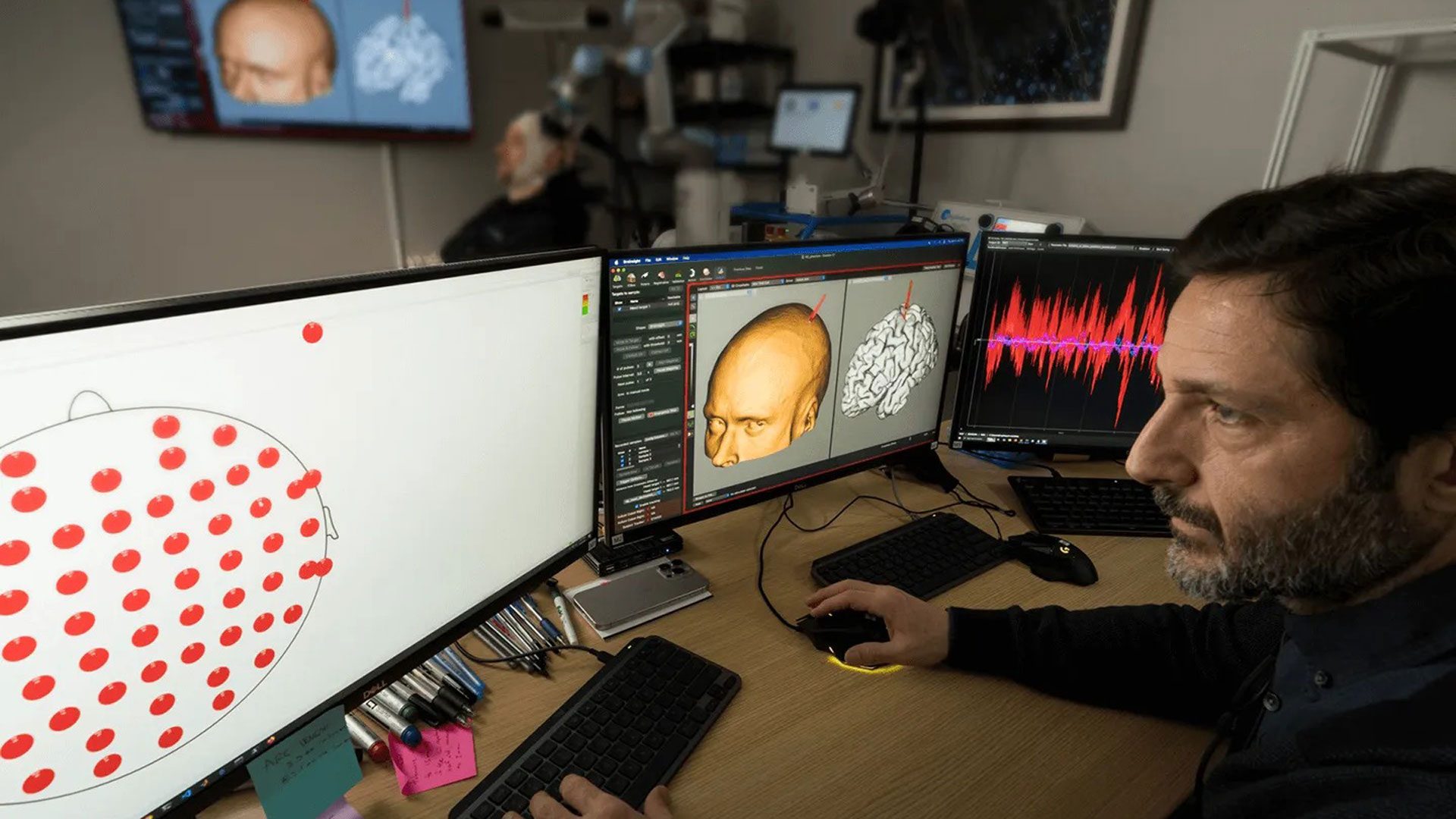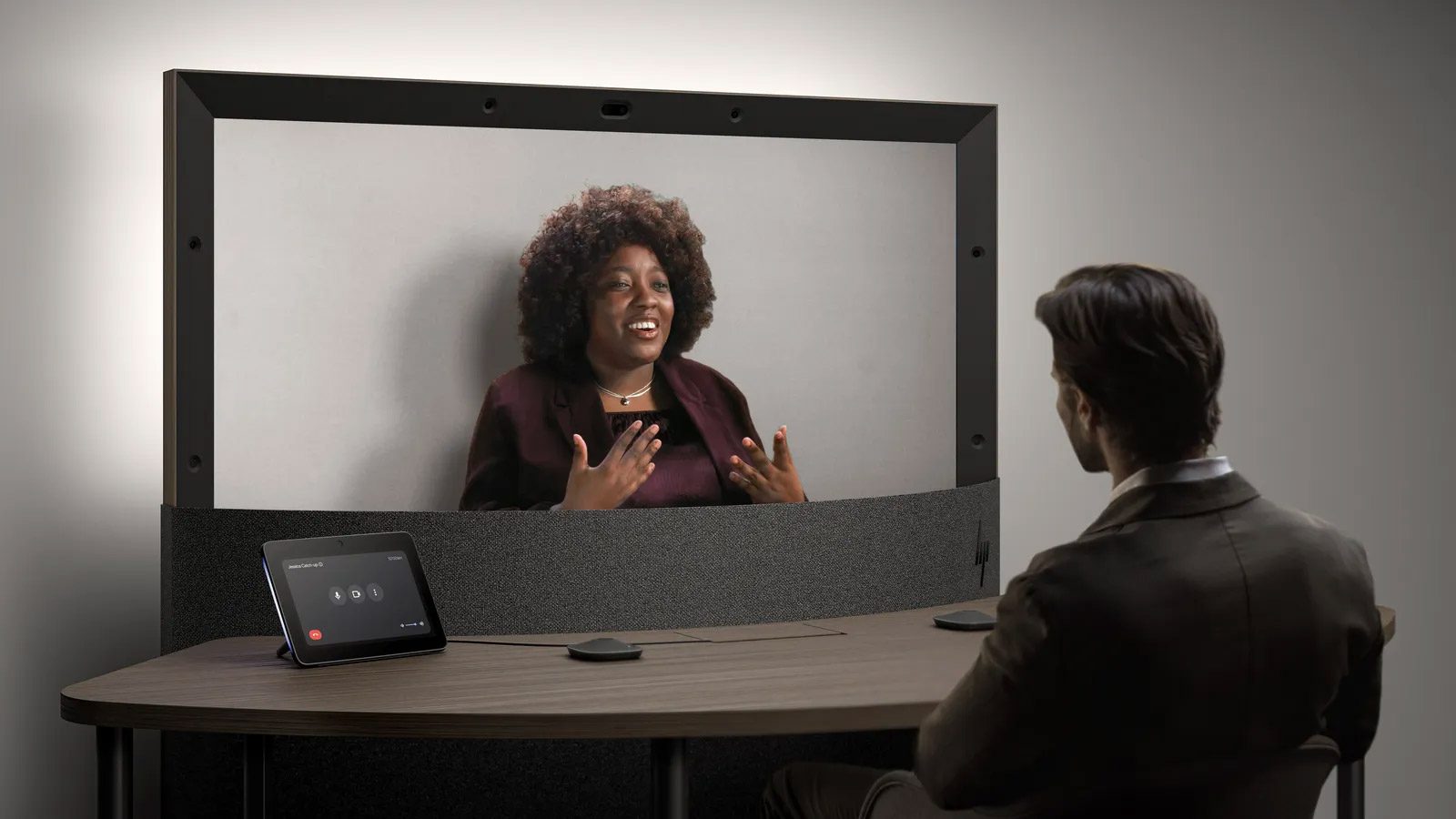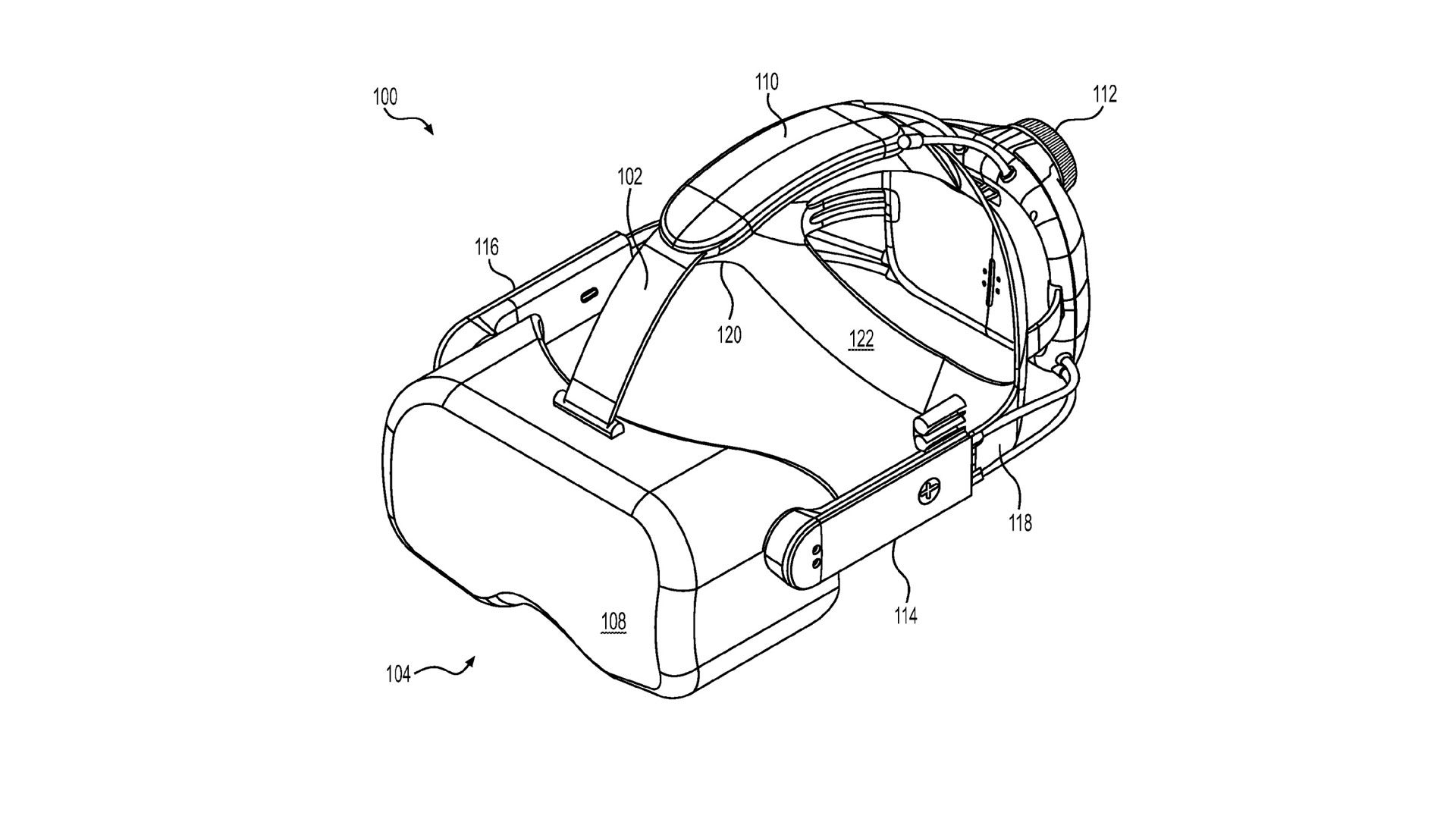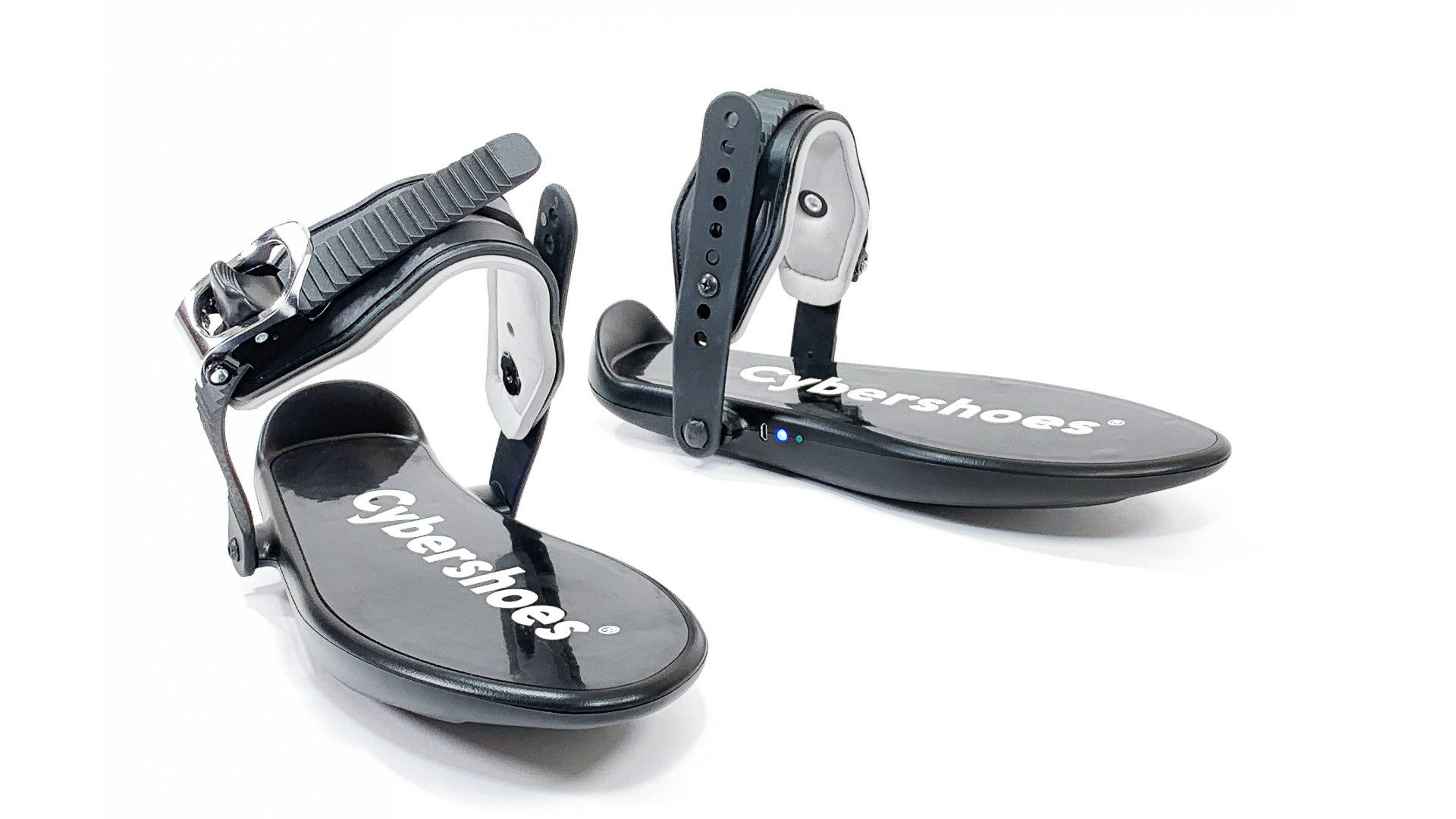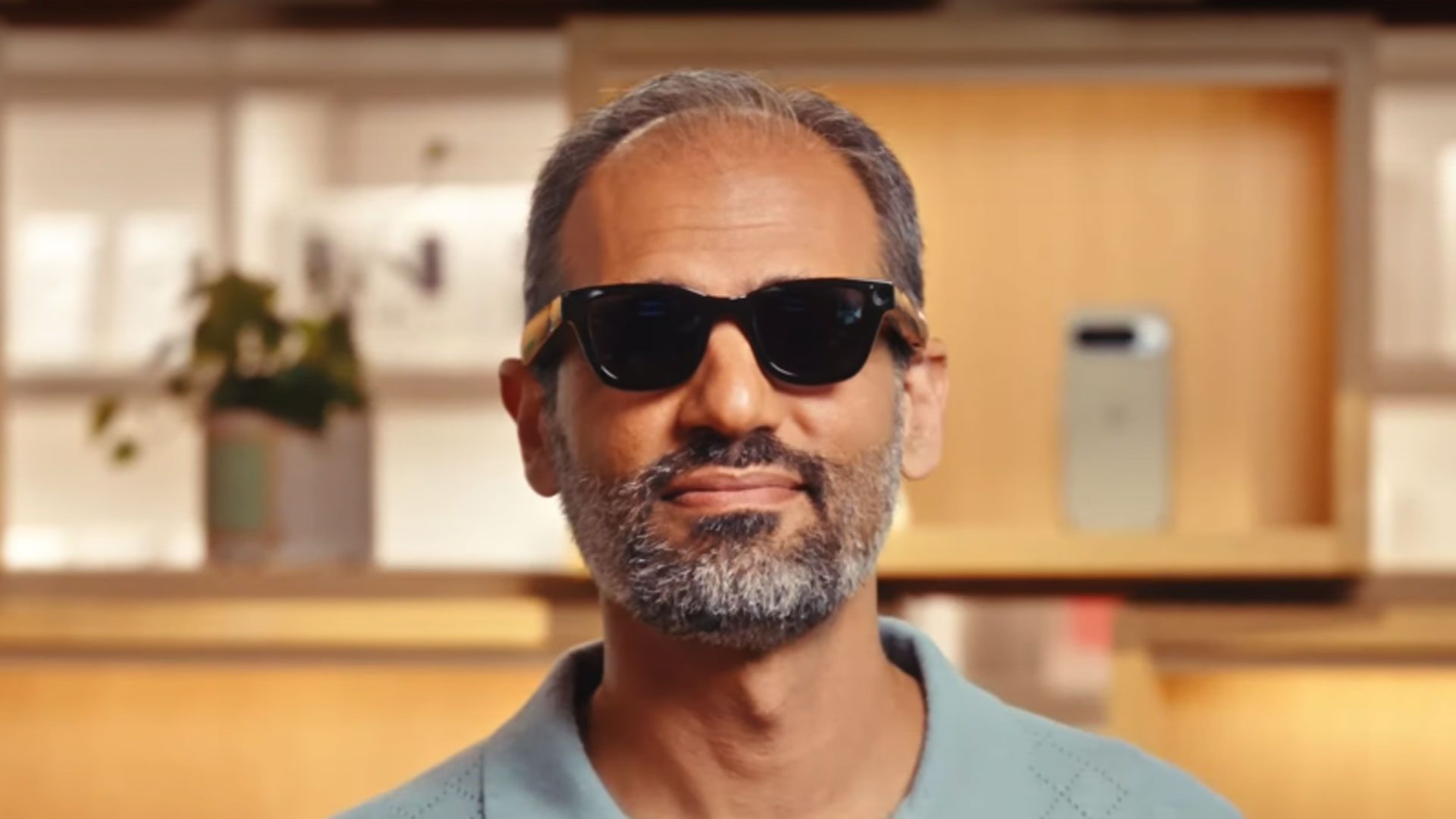In 2020, Meta partnered with Plessey, an AR display developer based in the UK, with the goal of enhancing AR display technology over several years. Fast forward to now, and they’re proud to announce the creation of what they are hailing as “the world’s brightest” red microLED display developed specifically for AR glasses.
This new red microLED is a game-changer, born from the collaboration between Meta and Plessey. It boasts an impressive brightness peak of six million nits, maintaining clarity at high resolutions (below 5 microns) while consuming minimal power. This innovation is geared towards resolving key challenges in producing all-day AR glasses, which demand compact, vibrant, and energy-efficient displays that are easy to see, even in direct sunlight.
Traditionally, blue GaN microLEDs lead in efficiency and brightness, with green GaN microLEDs closely following, albeit slightly less efficient than blue. Red LEDs have lagged behind, posing a limitation in balancing the color outputs for a vivid, high-performance AR experience. Now, by overcoming this hurdle in red LED technology, the pathway to full-color displays just got a significant boost.
Dr. Keith Strickland, CEO of Plessey, expressed enthusiasm over this achievement, stating, “With the world’s brightest red microLED display, we are one major step closer to making AR glasses a mainstream reality.” He describes this advancement as a pivotal moment in AR technology development.
Adding his perspective, Jason Hartlove, who serves as Vice President of Display and Optics at Meta’s Reality Labs, said, “We are building the future of human connection and the technology that makes it possible. These types of breakthroughs are crucial to build AR glasses that help people stay more present and empowered in the world with a form factor people actually feel comfortable wearing. Our work with Plessey has pushed the boundaries of what’s previously been possible, and it’s only the beginning–the future is starting to look up.”
Plessey, through its extended commercial partnership with Meta, has committed to dedicating its manufacturing facilities to foster the development of prototypes and innovative technologies for the XR (Extended Reality) sector.
This announcement comes on the heels of Meta’s prototype AR glasses, Orion, which was showcased last September. These glasses offer a 70-degree field of view, feature cutting-edge silicon carbide waveguides, custom silicon technology, and microLED projectors. They also include innovative elements like wrist-worn electromyography (EMG) bands for hand-tracking and an external wireless compute unit that is conveniently pocket-sized.
While Meta hasn’t yet moved to commercial production of Orion, Andrew Bosworth, Meta’s CTO and head of Reality Labs, shared insights during Connect 2024. He emphasized that Meta plans to roll out AR technology for consumers well before 2030, aspiring to price them comparably to current smartphones and laptops to ensure they are accessible and affordable for a broad audience.































